Fertilize a Fig Tree: How, When and How Much? – Sow100
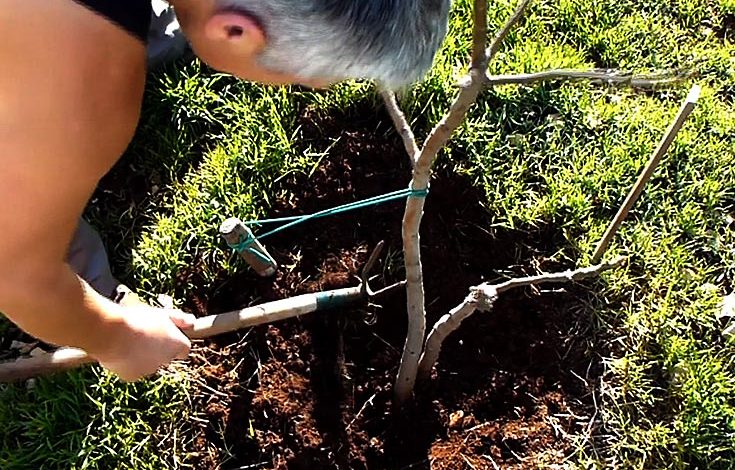
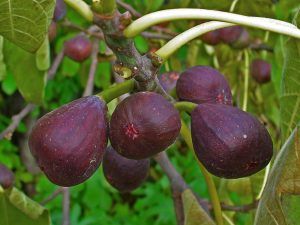 To have fig trees in perfect condition, whether you use them for ornamental or productive purposes, fertilizer is a fundamental part.
To have fig trees in perfect condition, whether you use them for ornamental or productive purposes, fertilizer is a fundamental part.
Fig trees are plants with good characteristics at a general level that we are very capable of promoting thanks to timely subscribers.
Of course, it is not about fertilizing for fertilizing, but doing it with a plan that contributes to the well-being of the specimens, without causing them to suffer from excess nutrients.
Because yes, excesses can also be harmful to plants, so if you want to act safely in the process, you better read what we are going to tell you today first. Shall we start?
Why is it important to fertilize fig trees?
The fertilization in the fig trees helps the plants to grow with a better rhythm and much more strengthened than if they did not have that support. When it comes to fig trees that produce fruit, fertilization also contributes to better and more numerous crops.
As for health, a timely dose of fertilizer will be key to avoiding (or at least reducing) the chances of the fig tree being affected by pests or diseases.
And it is key to say that studies have been done on fig trees that live in similar conditions and that only vary in terms of fertilization. These have given a better score in those that were properly fertilized.
How often should we pay the fig trees?
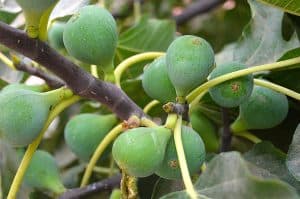 Being fruit trees, fig trees need fertilizer cycles that ensure enough energy to face the productive stage.
Being fruit trees, fig trees need fertilizer cycles that ensure enough energy to face the productive stage.
The most normal thing is to start at the beginning of spring with a greater supply of nitrogen to motivate the greening of the structure.
Towards the flowering stage, another dose of fertilizer is usually necessary, especially potassium -oriented, to help it flourish and generate more fruits.
Later, during the formation of the fruits, it will also be necessary to provide nutrients to complete the cycle of the year and obtain a harvest of the Ficus elastica or Gomero. It is part of the genus of profitable figs.
What Nutrients Do Fig Trees Need?
Fig trees need a balance of macronutrients to be able to grow healthy and ensure good behavior in the productive plane. A similar case applies to micronutrients which, although they are needed in smaller amounts, are essential for everything to go as it should.
In any case, it is a good plan to first know the nutritional status of the soil in order to have greater security when advancing with subscribers. Otherwise, you would be acting blindly, and it is very likely that problems will arise due to excess or deficiency of nutrients.
What kind of fertilizers do fig trees need?
Fig trees do well with the use of NPK-type fertilizers with balanced numbering, without major complications. In the agricultural trade there are those in granular form that allow a simple application and that have a slow release system.
This means that the effectiveness of the fertilizer will last up to 8 weeks, preventing you from having to be so attentive to comply with this care. Another benefit is that by supplying the nutrients little by little, you do not run the risk of burning the roots as is likely to happen in other cases.
You can apply organic manure-type fertilizers or homemade organic matter such as homemade compost once or twice a year, taking care that the nitrogen levels are not excessive.
To avoid this problem, it is best to allow the raw materials to decompose slowly and for a long period of time.
How do we prepare fertilizer for fig trees?
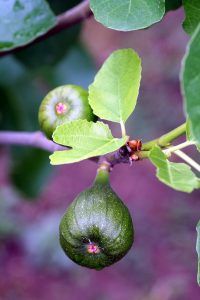 For the preparation of commercial fertilizers, such as granulated NPK, you must follow the exact steps indicated by the manufacturer.
For the preparation of commercial fertilizers, such as granulated NPK, you must follow the exact steps indicated by the manufacturer.
It is necessary to take into account the conditions of the tree, such as its size and height, since each case is different.
In addition, the conditions of the terrain will have a great influence, an aspect that you can work with the soil study in case you have carried it out.
You will have to spread this fertilizer around the trunk of the fig tree and then apply a deep irrigation so that the granules settle on the ground.
This action will help it begin to release nutrients and help them penetrate to the base of the tree.If you are going to apply organic matter such as manure or homemade compost, it is better to spread it around the tree, but taking care that it is not too close to the root.
In this way, the roots will get the food, but the chances of suffering burns will be reduced.
How do we detect if the fig trees need fertilizer?
Assessing fig trees and their development throughout their lives is one of the essential tasks to know when and how to pay. A fig tree that is growing at a much slower rate than it should is probably lacking nitrogen in its structure.
Of course, you must keep in mind that fig trees are slow-growing in themselves, so do not despair. A similar case would apply to fig trees whose leaves fall off or turn yellow in their entirety.
The lack of iron could also cause the loss of color in the leaves, with the difference that they usually keep the nerves green. Other conditions that could lead to the need for fertilization is that the trees are close to other plants that also consume nutrients.
Or that they are even established on sandy soils that have a tendency to lose nutrients more quickly through seepage. Fertilizing fig trees is a necessary care, but it will not take away much energy either because they hardly require it when they are planted on fertile land.
In fact, specialists recommend that the fertilizer you use is only 10-10-10 to avoid complications due to excess fertilization. There are people who prefer to carry out the fertilization process when the plants show signs of needing it.
That could lead to a bad harvest, but everything will be left to what is most convenient for you for your fig trees.
Bibliographic references
- Fig cultivation (Ficus carica L.) on the southern slope of Gredos, CE Roche – conama2014.conama.org
- Quality evaluation of fig fruit (Ficus carica L.) with foliar application of calcium, translocated by EDTA and glycine chelates, MA Reyes Gutiérrez – ri.uaemex.mx
- Organic matter in tepetate under cultivation of fig trees and grass, conditioned with manure and fertilizer, AS Velázquez-Rodríguez, D Flores-Román… – Agrociencia, 2008 – scielo.org.mx
- RESPONSE OF BREEDS (Ficus carica L) TO CHEMICAL AND ORGANIC FERTILIZATION IN AN ANDISOL FROM EASTERN ANTIOQUEÑO, AT Vélez, MH Zapata – IV National Seminar, Cold Climate Fruit Trees … – books.google.com
- Tissue culture in Ficus carica with mini stakes, DM Flores-Mora, V Jiménez-Bonilla … – agronomy…, 2009 – revista.ucr.ac.cr
Maybe you are also interested in:

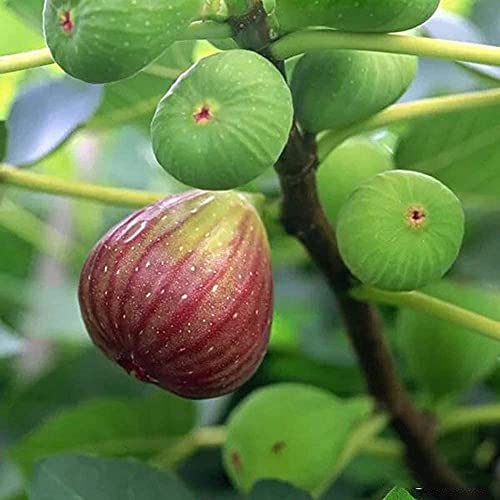
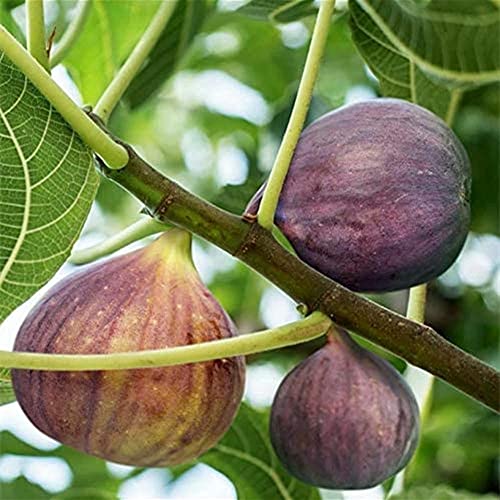
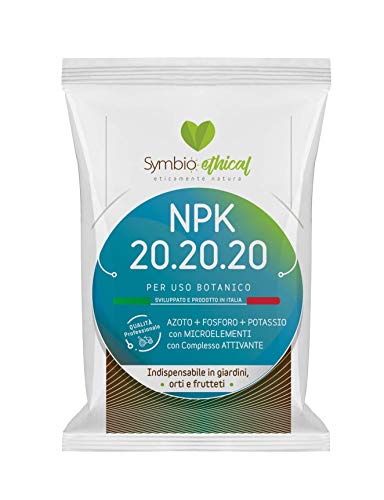
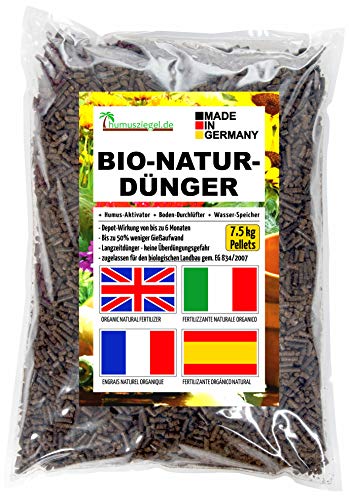
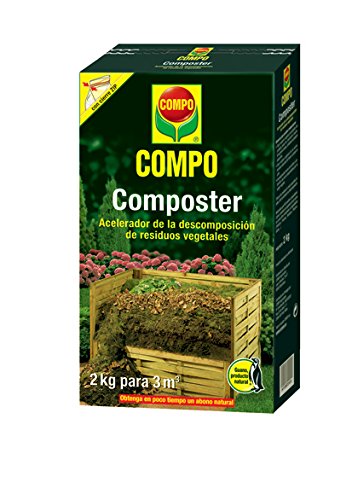
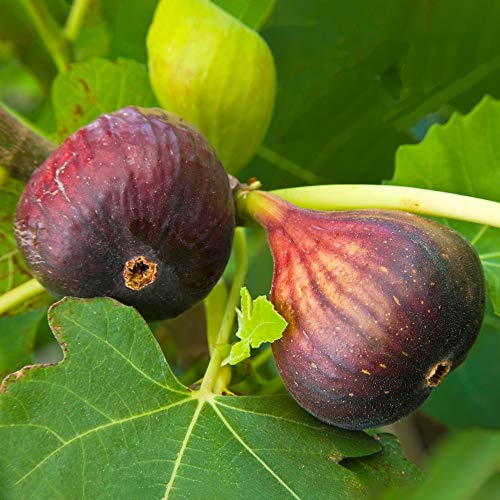


![Photo of Complete Guide to Plant Blueberries: [12 Steps + Images]](https://www.complete-gardening.com/wp-content/uploads/2022/08/complete-guide-to-plant-blueberries-12-steps-images-390x220.jpg)
![Photo of Rosemary Cuttings: [Concept, Season, Rooting and Planting]](https://www.complete-gardening.com/wp-content/uploads/2022/08/rosemary-cuttings-concept-season-rooting-and-planting-390x220.jpg)